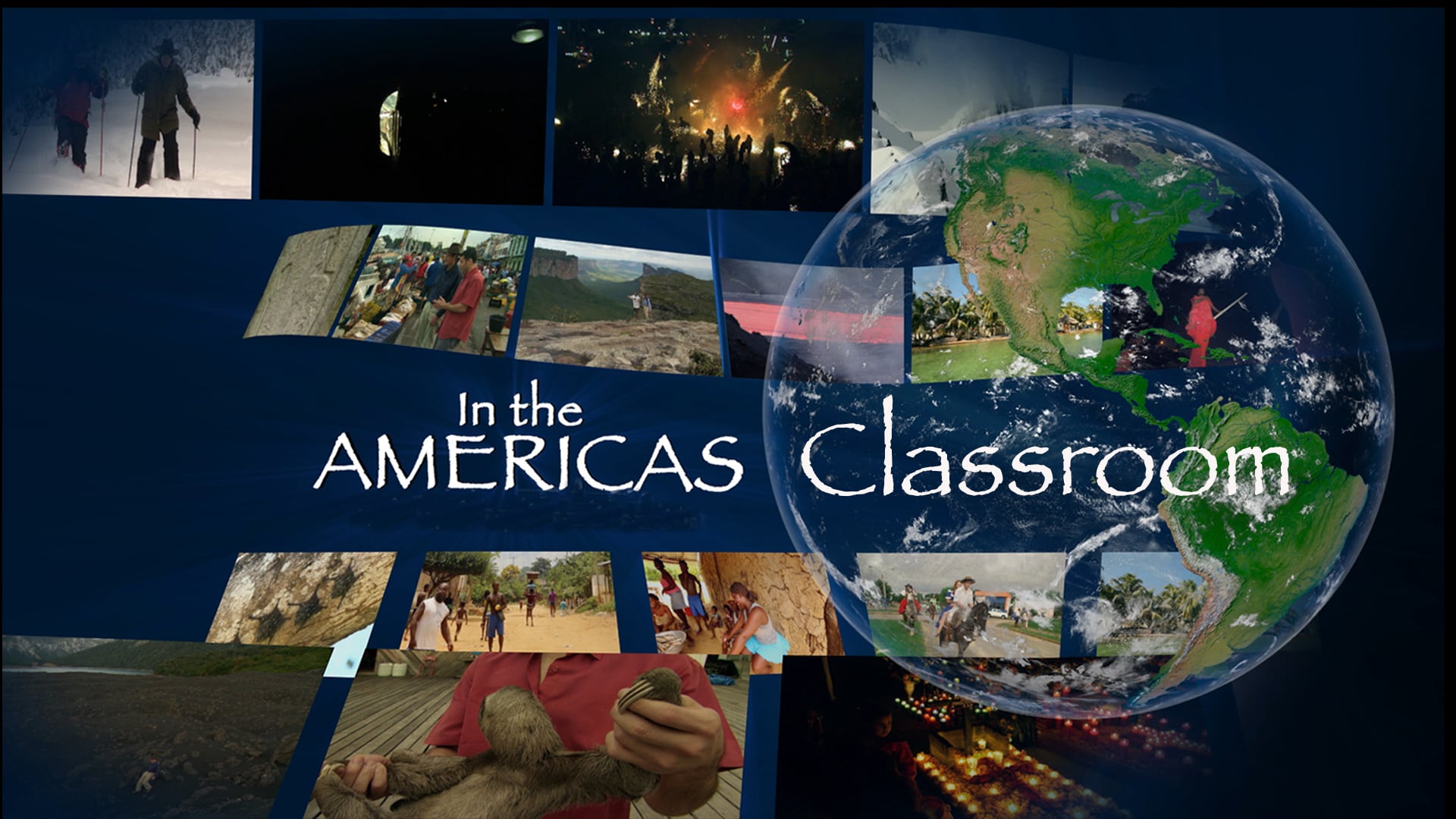Lesson 704 – Baracoa: Cuba’s Outpost on the Atlantic
Category : Curriculum Season 7
About 700 miles east of Havana, Cuba’s capital, sits the old town of Baracoa. Nearly cut off from the rest of the nation by high mountains, it has become self-sufficient in a nation that stresses self-sufficiency. The long road trip shows us Cuba’s vast sugar cane fields and the convoluted geology of mountain ranges, bay, and cliffs. Baracoa has its own heritage of mixed Caribbean and African culture, evolving without interference from the outside.
Learning Objective
Students will learn about the Cuban town of Baracoa including its environment and history.
Social Studies Standards
Global Connections D, E
Discussion Prompts
- What are some ways the United States and Cuba might resolve past differences? Compare to how you’ve resolved differences with a neighbor or acquaintance. How is international conflict and tension similar and different from tension between neighbors?
- Compare billboards in the United States with billboards in Cuba. Why does the U.S. utilize billboards for advertisements while Cuba utilizes them for educational purposes? What are the social and political implications of this?
- How does Baracoa’s physical barriers change its culture compared to a town that has more interference from the outside. Give examples of how this might affect politics and social traditions.
- How might the history of sugar cane production for export, made possible by slave labor, be different if slavery hadn’t existed in Cuba. What might be some alternative historical accounts?
Lesson Activities
- Research the past discord between the United States and Cuba. Create a cause and effect chart that illustrates this international discord and how it led to economical challenges in Cuba such as the embargo.
- Create a travel brochure focused on music in Cuba with the goal of attracting tourism. Include both musical instruments and vocal performances.
- Create a product of your choice focused on the environmental highlights of Cuba. Include sugar cane fields, mountain ranges, bays and cliffs. Add descriptions, color and visuals.
- Create an informational pamphlet that shows the importance of Santiago de Cuba and its political, economic and religious perspectives. Why is it considered a spiritual capital? List important historical events in the pamphlet.
Vocabulary
- astonishing
- charity
- culinary
- embargo
- freeway
- hemisphere
- internment
- privilege
- sanctuary
- vintage
